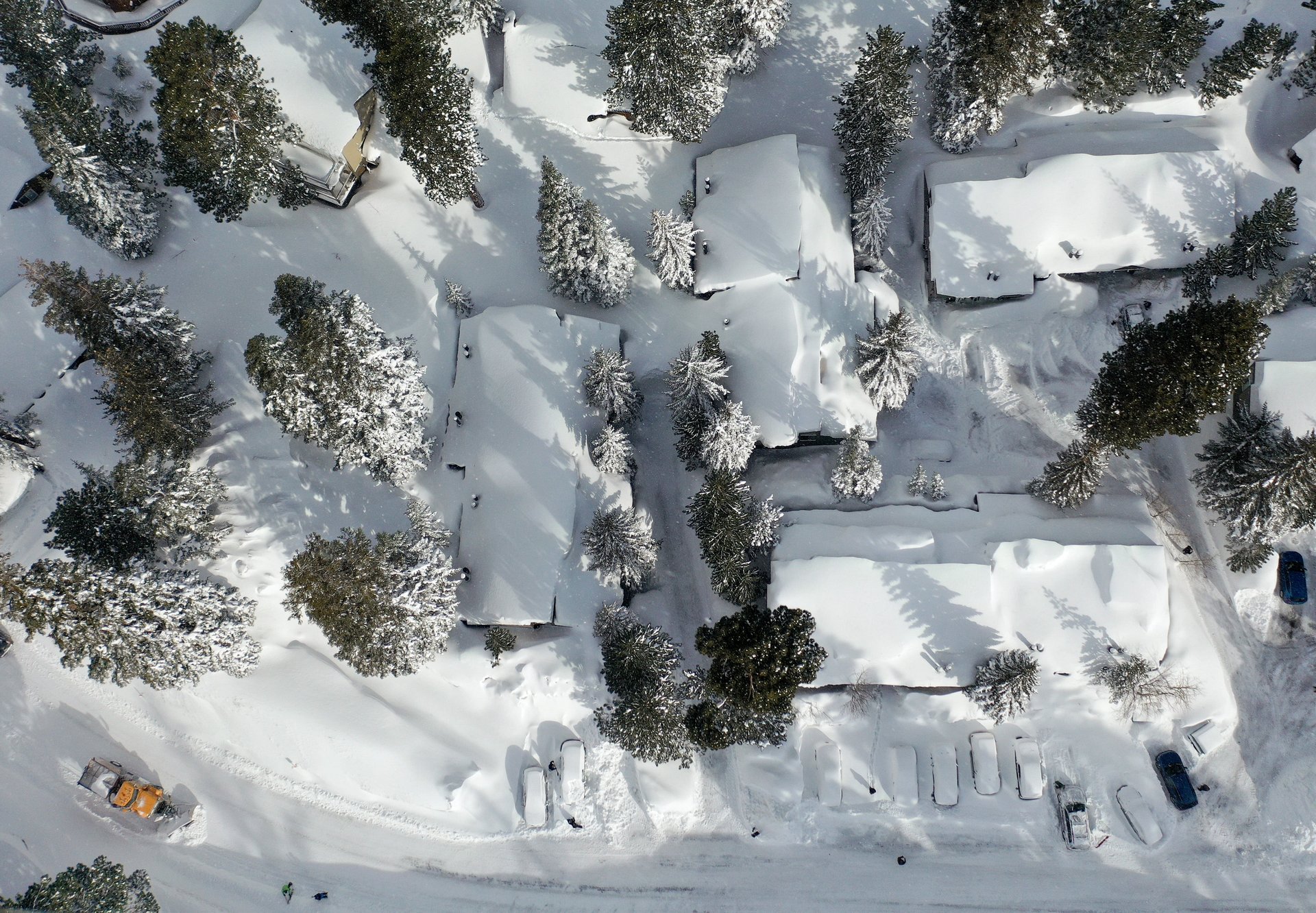After a record hot summer, get ready for an El Niño-influenced winter
Winter will be kind to snowplowing businesses across the US "Frost Belt"

An intense summer of wildfires, flooding, and record scorching heat may transition into another season of terrible weather. El Niño, a natural climate pattern which warms the Earth, will bring a mild and wet winter for many, but also a prolonged, colder winter for others. Meteorologists are forecasting that parts of the US may experience a colder and drier winter with more snowfall than usual this year due to the continuation of El Niño.
Suggested Reading
While the western region of the US will experience warmer and wetter conditions because of El Niño, the mid-Atlantic and northeast will likely get chillier earlier. Snowfall is forecast to be above normal across most snow-prone areas, except for the Pacific Northwest.
Related Content
A strong El Niño year, driven by a subtropical jet stream, leads to more moisture in the air. In areas like the southeastern US, a rainy winter might be more common, but if temperatures get cold enough for long enough—as is predicted for this winter—those areas could instead see snow.
A colder winter doesn’t necessarily mean a snowier one, but the snowplowing services industry is banking on another high year of revenue. The US snowplowing services industry estimates it will take in around $25.6 billion in revenue in 2023, continuing a trend of increasing costs for plowing and deicing.
The snowplowing industry gets most of its revenue in the Frost Belt, which is considered to be the mid-Atlantic, New England, and Great Lakes regions. About half of that business comes from parking lot and street plowing, while deicing contributes about a third of the total, according to IBISWorld.
A colder and earlier winter for some
The Farmer’s Almanac, a 225-year-old source that has a loyal following but is met with skepticism by some meteorologists, predicts an earlier and colder start of winter in the Northeast, with snow starting as early as November. The Atlantic corridor is expected to receive two to three more inches of snow above monthly averages.
Central US states may also see above-average precipitation, and snowfall will be slightly above average. The snowiest periods are predicted to occur at the end of December, late January, and mid-February. The early onset of a snowy and wet winter should give snowplowing services a head start to their busy season.